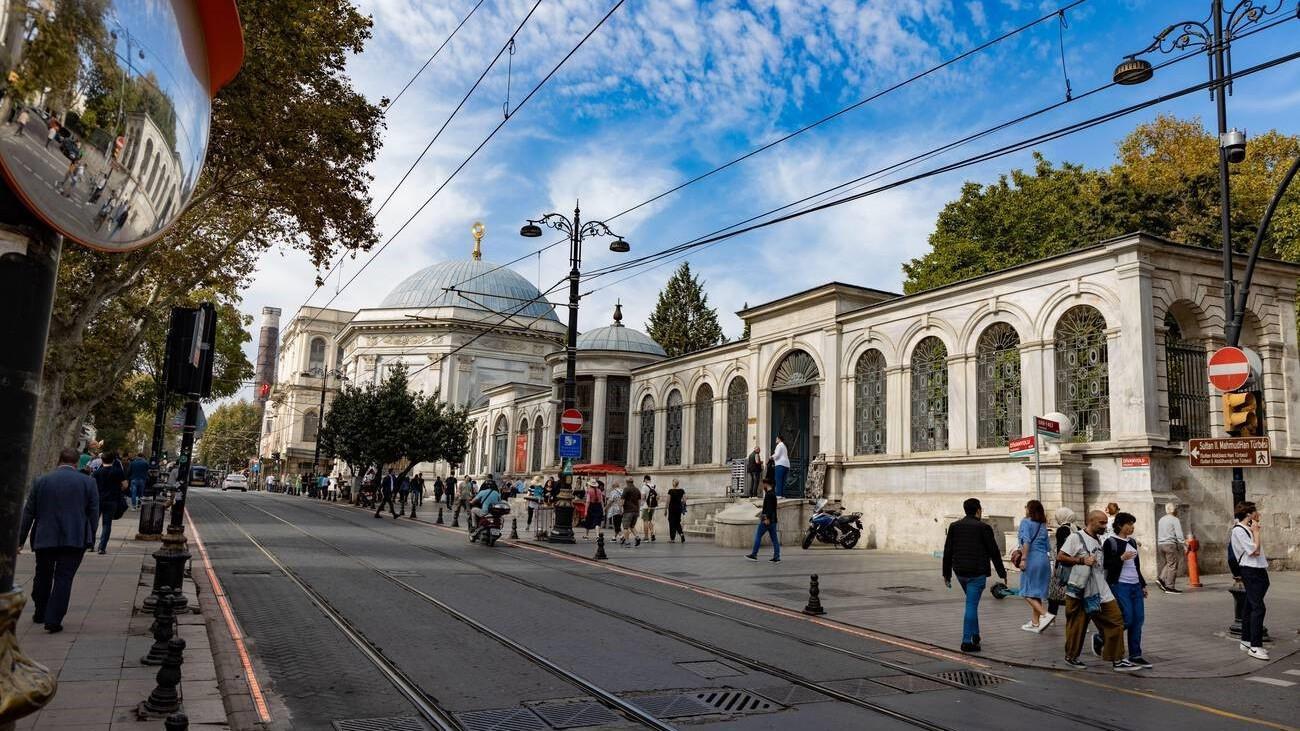
Local authorities in Istanbul have unveiled the first steps of a major transportation plan to expand pedestrian zones and restrict vehicle access in the city’s Historic Peninsula, home to various iconic landmarks.
Often referred to as the heart of Istanbul’s tourism, the peninsula, mostly covering the district of Fatih, has long been at the center of debates over whether to limit car traffic in order to preserve its centuries-old urban fabric.
A UNESCO World Heritage site, the peninsula is home to some of Istanbul’s most iconic landmarks, including Hagia Sophia, the Blue Mosque (Sultanahmet), Topkapı Palace, the Basilica Cistern and the Grand Bazaar.
Under the newly launched transport action plan, the first measure will see the Sirkeci–Harem car ferry line moved to Yenikapı.
At the same time, the Sultanahmet area and its surroundings will be designated as a pedestrian-only zone, cutting off access to private cars.
According to officials, the plan is designed to reshape the peninsula’s transport system around sustainability and accessibility.
Ultimately, the long-term goal is to remove vehicle traffic from the heart of the Historic Peninsula and create pedestrian-friendly streets, said Pelin Alpkökin, the municipality’s deputy secretary general.
“After necessary laws and regulations are introduced, we want to implement congestion pricing, as in Singapore and London. The simple rule is: The polluter pays. But there will be some areas where cars will not be allowed under any circumstances,” she told daily Hürriyet.
Alpkökin described the initiative as a multi-stakeholder effort with a clear vision: It aims at giving the Historic Peninsula back its identity.
“The current chaos does not suit this area. People cannot find space to walk, explore or enjoy,” she said, unveiling their passion to bring the peninsula up to international standards.
Authorities plan to expand the initiative further once new metro lines to Beşiktaş and Kabataş open in 2027, with similar measures also under consideration for Kadıköy’s Moda on the Asian side.
In the first phase, their plan includes a series of pilot projects to manage traffic and strengthen public transport.
“Bus-priority lanes will be introduced first on routes with heavy traffic and high demand for public transport,” Alpkökin explained.
Private car use will also be discouraged through expanded “park and ride” facilities, where drivers can leave their vehicles and switch to public transport.
Tourism-focused measures are another key element.
Central attractions such as Sultanahmet, Hagia Sophia and Topkapı Palace will be fully pedestrianized, while nearby hotels will be cleared of private vehicles, according to Alpkökin.
Shuttle services are planned to link hotels with historic sites, with new cycling and walking routes in drafts.
Short-term drop-off and pick-up points will also be established for tour buses in the region.
By cutting vehicle access and investing in sustainable alternatives, officials hope to reduce congestion and carbon emissions while enhancing the visitor experience.